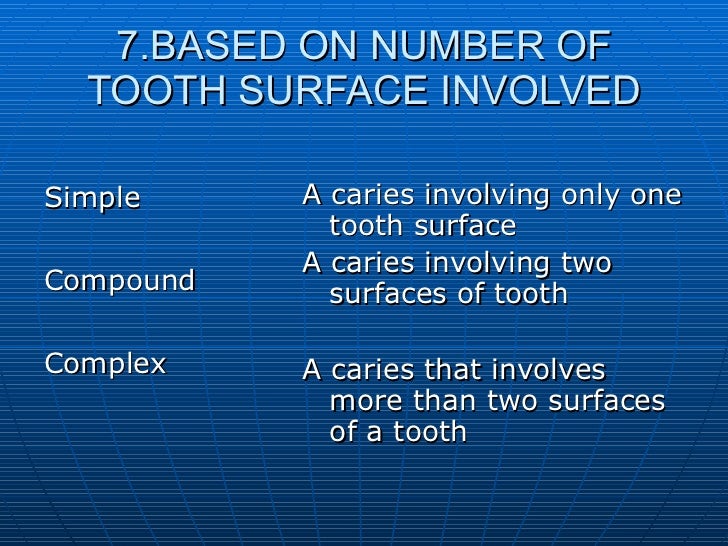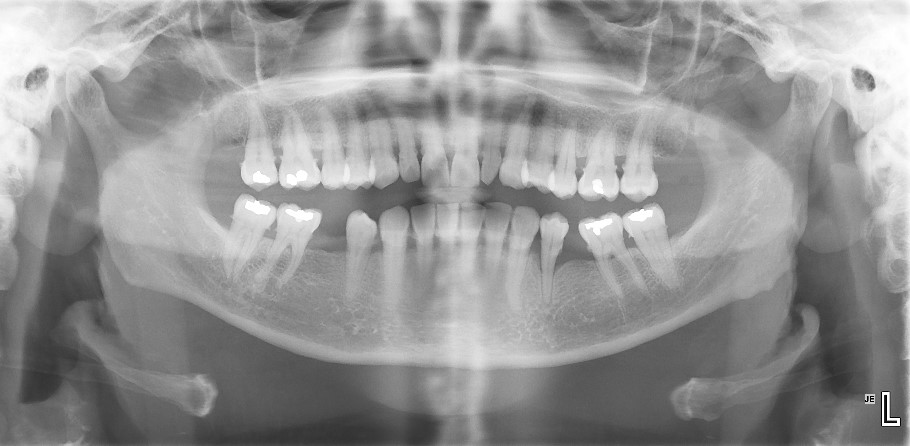


The anti-oxidative system in saliva includes different enzymes and molecules which are periodontal biomarkers in the evaluation of the periodontal status. Consequently, saliva may be considered a mirror that can reflect the normal and abnormal states of the body. On the other hand, Saliva is the main liquid in the oral cavity and is essential to keep the oral tissues in healthy status by inhibiting proliferation specific microorganisms, and moreover, inhibiting the build-up of dental plaque and dental calculus. Therefore, it may be an effective method for the assessment of general and oral health. The oral cavity is a part of the body that includes various microorganisms, which subsist as a normal community of complex biofilms, structurally organized and multispecies. Conclusion: At the end of this study, we concluded that there was a relationship between dental calculus formation, kidney stones formation, and an increase in the level of salivary uric acid. The statistical analyses revealed statistically significant differences in the level of salivary uric acid (mg/dl) in the comparison between kidney stones patients and non-kidney stones patients in group I and group III, whereas there were highly statistically significant in the comparison between kidney stones patients and non-kidney stones patients in group III. Results: There were statistically significant differences in clinical parameters among kidney stones patients and non-kidney stones patients (p < 0.05), but these differences were highly statistically significant in the correlation between calculus index (CI), plaque index (PLI) and gingival index (GI) among kidney stone patients in group II, moreover, PLI and clinical attachment loss (CAL) among kidney stone patients in group III (p < 0.001). The findings were analyzed using of ANOVA test and Tukey’s test. Moreover, lab assessment of uric acid level in the collected salivary samples was done. Materials and Methods: 120 Saudi male patients were examined (60 of Kidney stones patients and 60 patients of non-kidney stones patients) for clinical evaluation of plaque index (PLI), gingival index (GI), calculus index of oral hygiene (CI) and clinical attachment loss (CAL). Objectives: To evaluate the correlation between the level of salivary uric acid and kidney stones formation and their influence on dental calculus and periodontal status among Saudi patients aged 25 - 70 years. Consequently, there are many questions about the link between kidney stones formation and level of salivary uric acid and calculus formation on the teeth surfaces. Background: The formation of kidney stones is considered a complicated process.


 0 kommentar(er)
0 kommentar(er)
